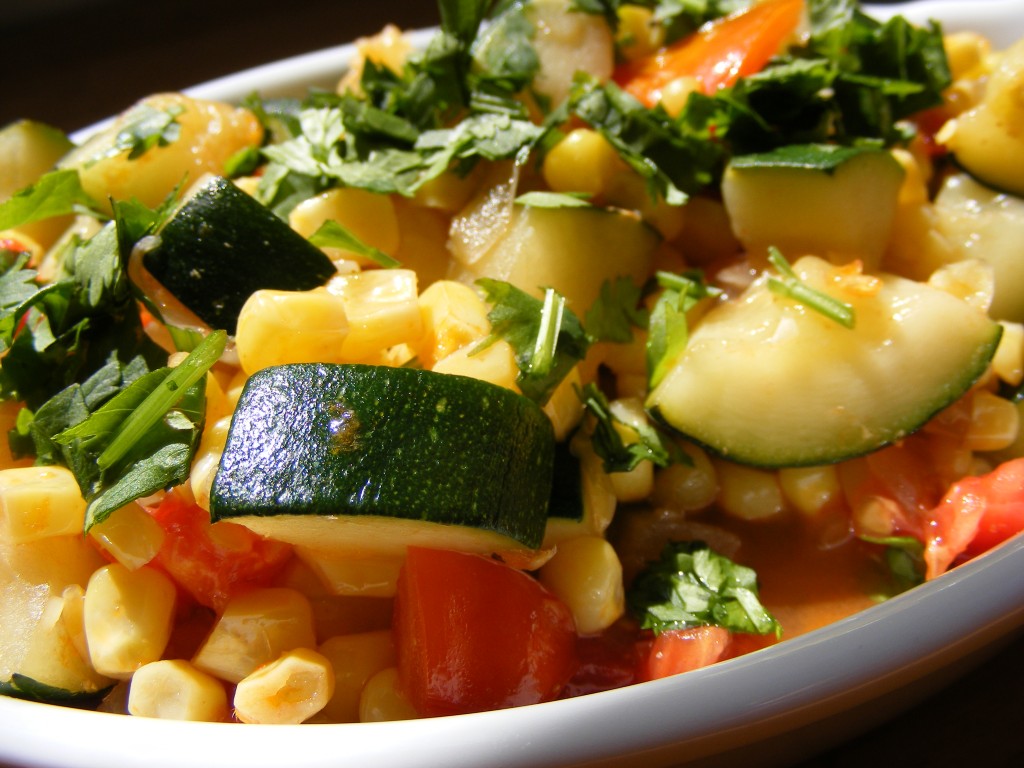Cabbage: Cabbage Burgers – Runzas & Bierocks
Friday, November 13th, 2009This recipe pays homage to my Nebraska roots . . . When you think about the state, what first comes to mind? For most it’s corn, Big Red football and Omaha Steaks®. Now, after you read this post, you’ll be adding cabbage burgers to the list.
They are individual-sized, savory yeast bread stuffed with peppered beef, cabbage and onions; baked golden brown. Simple ingredients and spices that make for a comforting, satisfying meal. For those not in on these little treasures, think calzone, empanada or pierogi rather than a typical burger. In Nebraska, they are also called cabbage buns or runzas; in Kansas, bierocks.
At the turn of the nineteenth century, cabbage burgers were introduced to the mid-west by German Russians (Volga Germans) who immigrated to the U.S. and settled primarily along the plains of Nebraska and Kansas. Since then, they have been notable, regional fare. Runza®, a Nebraska fast-food franchise, serves them up in a variety of flavors.
Growing up, my Mexican family ate plenty. I suspect it’s because the pillowy treats provide a good way to stretch a pound of ground beef. When my mom baked a batch, they were heavier on the cabbage than beef. I still like ‘em like that. No surprise, I’m a big fan of cabbage – raw and cooked. This recipe comes from the bread maker in my family, my sister Monica.
All you Huskers, I expect a shout out on this one. Leave a comment about how you eat your cabbage burgers.
Tidbits on Cabbage:
- Cabbage belongs to the Cruciferae family of vegetables along with kale, broccoli, collards and brussels sprouts. There are an estimated 100 different varieties of cabbage grown in the world. The most common types in the U.S., however, are the green, red, savoy and Chinese varieties – bok choy and napa.
- Cabbage is estimated to have been cultivated more than 4,000 years and domesticated for over 2,500 years. It is believed to have originated from wild loose-leaf cabbage brought to Europe around 600 B.C. by groups of Celtic wanderers. Since it is a cool weather crop and stores well during winter, it soon became a major crop in Europe – particularly in Germany, Poland and Russia.
- Cabbage has several health benefits: phytonutrients in cabbage and other crucifers help the body detoxify; cabbage is an excellent source of vitamin C, as well as good source fiber, manganese, folate, vitamin B6, potassium and omega-3 fatty acids.
- Since phytonutrients react with carbon steel and turn cabbage leaves black, use a stainless steel knife to cut.






